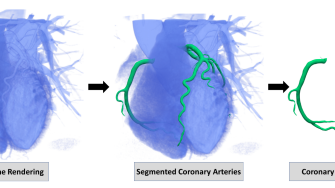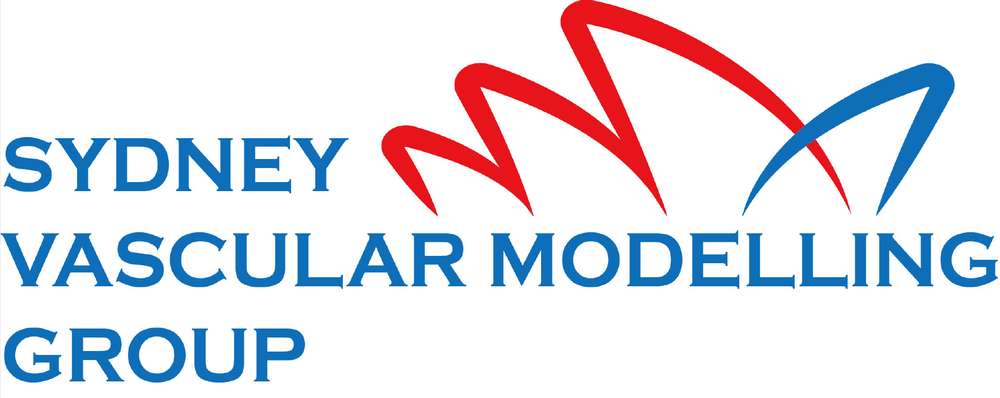
The 23rd International Conference of Medical Image Computing and Computer Assisted Intervention (MICCAI) was held from October 4th - 8th. During the annual conference, challenges are organised by researchers, focused on specific tasks related to medical imaging. However, the pandemic saw the conference transition to online platforms, and such events were hosted virtually. Sydney Vascular Modelling Group’s PhD candidate Ramtin Gharleghi, alongside supervisors Dr. Susann Beier and Professor Arcot Sowmya, organised The Automated Segmentation of Coronary Arteries Challenge event for MICCAI 2020.
Due to low resolution, imaging artifacts, small scale and occlusion from surrounding tissue, patient scans of coronary arteries must be manually annotated by specialist cardiologists for reconstruction into digital 3D models. The first of its kind, the challenge sought to instead develop fully automated segmentation processes of the entire coronary artery tree, based on datasets of healthy and diseased patients.
Forty models, annotated by Ramtin and two expert cardiologists, were given to participants for analysis. Within two months, over 35 participants generated algorithms capable of accurate and fully-automated segmentation of the patient scans. These algorithms were subsequently validated with additional patient geometries, to identify the most accurate algorithms. The top ten performing participants were invited to share their findings during the MICCAI conference on the 8th of October. Nanway Chen, an undergraduate engineering student supervised by Dr. Susann Beier, successfully placed 13th in the challenge.
The outcomes of participant’s work leads to many exciting applications, as virtual models act as a more intuitive and versatile method of visualisation compared to traditional scans. From educational tools to computational simulation and medical device testing, the ability to fully automate segmentation allows for the processing of large amounts of patient data.


